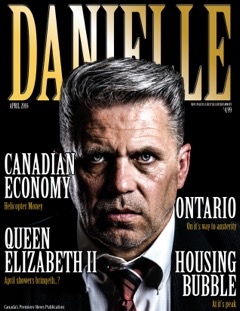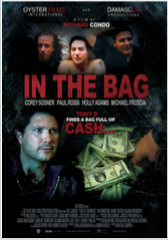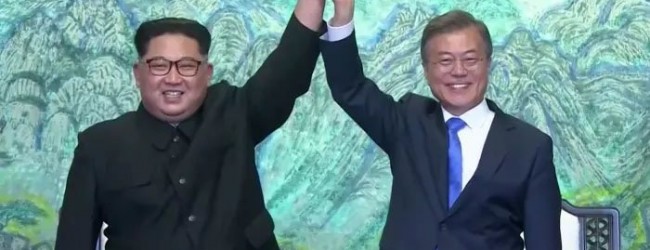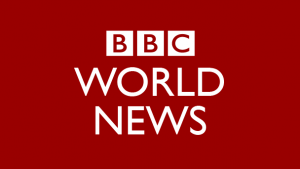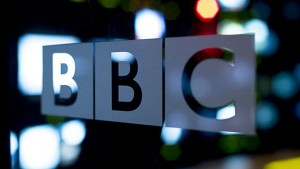North Korea nuclear test site to close in May, South Korea says
North Korea’s nuclear test site will close in May, the South Korean president’s office has said.
A spokesman said the closure of the Punggye-ri site would be done in public and foreign experts from South Korea and the US would be invited to watch.
Scientists have said the site may have partially collapsed in September.
On Friday, North Korean leader Kim Jong-un and South Korea’s President Moon Jae-in agreed to work to rid the Korean peninsula of nuclear weapons.
Their summit came after months of warlike rhetoric from the North.
On Saturday, US President Donald Trump he would likely hold talks with the North Korean leadership “over the next three or four weeks” about the denuclearisation of the peninsula.
What did South Korea say?
Presidential spokesman Yoon Young-chan said that Mr Kim had stated he “would carry out the closing of the nuclear test site in May”.
Mr Yoon added that the North Korean leader had also said he “would soon invite experts of South Korea and the US to disclose the process to the international community with transparency”.
- Will Korea talks lead to lasting peace?
- Five conflicts that continued after they ended
The office also said North Korea would change its time zone – currently half an hour different – to match that of the South.
North Korea has so far made no public comments on the issue.
What is known about the test site?
Situated in mountainous terrain in the north-east, it is thought to be the North’s main nuclear facility.
The nuclear tests have taken place in a system of tunnels dug below Mount Mantap, near the Punggye-ri site.
- North Korea’s Punggye-ri nuclear test site
Six nuclear tests have been carried out there since 2006.
After the last, in September 2017, a series of aftershocks hit the site, which seismologists believe collapsed part of the mountain’s interior.
Mr Kim made an apparent reference to these reports, according to South Korea’s Yonhap news agency.
“Some say that we are terminating facilities that are not functioning, but you will see that they are in good condition,” the North Korean leader was quoted as saying by Mr Yoon on Sunday.
The information about the nuclear site has been gathered mainly from satellite imagery and tracking the movement of equipment at the location.
Building trust
Analysis by the BBC’s Korea correspondent Laura Bicker
This is another significant and symbolic step by Kim Jong-un.
He had already announced he’d be closing the Punggye-ri test site, but now he has told officials in South Korea that he’s prepared to make it public and invite experts and media from Seoul and the US to inspect it.
Mr Kim also told President Moon that he hoped trust could be built with the US and reiterated that there would be no need for him to have nuclear weapons if they formally ended the war on the Korean peninsula.
Mr Kim said once Washington spoke to him North Korea would know he was not an aggressor.
He added that his heart was broken when he saw the two clocks with different Korean time zones hanging on the wall of the peace house at the border between the two countries.
He will now match the time zone in the North with that of the South.
What was agreed at the inter-Korean summit?
Mr Kim and Mr Moon said they would pursue talks with the US and China to formally end the Korean War, which ended in 1953 with a truce, not total peace.
The commitment to denuclearisation does not explicitly refer to North Korea halting its nuclear activities but rather to the aim of “a nuclear-free Korean peninsula”.
The statement talks about this taking place in a phased manner, but does not include further details.
Many analysts remain sceptical about the North’s apparent enthusiasm for engagement.
- Korea talks explained
- Profile: Kim Jong-un
- North Korea crisis in 300 words
Previous inter-Korean agreements have been abandoned after the North resorted to nuclear and missile tests and the South elected more conservative presidents.
Mr Kim said the two leaders had agreed to work to prevent a repeat of the region’s “unfortunate history” in which progress had “fizzled out”.
Other points the leaders agreed on in a joint statement were:
- An end to “hostile activities” between the two nations
- Changing the demilitarised zone (DMZ) that divides the country into a “peace zone” by ceasing propaganda broadcasts
- An arms reduction in the region pending the easing of military tension
- To push for four-way talks involving the US and China
- Organising a reunion of families left divided by the war
- Connecting and modernising railways and roads across the border
- Further joint participation in sporting events, including this year’s Asian Games







